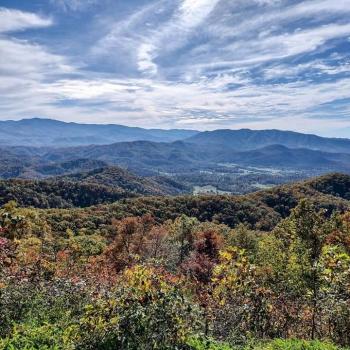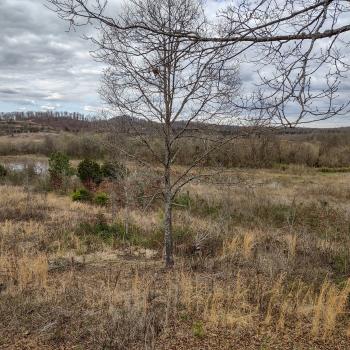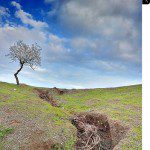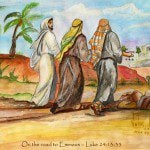A few weeks ago, some members of the church I serve and me took part in the Tennessee River Rescue. Yes. We got T-shirts for our three-hour effort and won a prize for the most unusual find. Our little group wore special church related T-shirts. We hoped that it would be a witness to our church’s work in the community. A cub scouting family worked with us at one of our sites. We were as we hoped asked about our church. The question of why were we taking part in this particular project hung in the air. Why were we cleaning the riverside and especially this abandoned boat ramp area.
Being the pastor I tried to answer the question. “It is part of our witness to the resurrected Christ,” I said. That sounded strange to my ears. So I tried again. “We believe that Jesus rose from the dead. Because his body rose from the tomb, we believe God cares about the physical world we live in.” I could tell quickly that I was not getting the point across. So we invited them to church and to take part in our mid-week program.
Here is the thing. We wanted to witness. But, we never thought about what our witness in that particular action meant. Of course, we were trying to do good. We had not considered what made that good action especially christian. The people we were speaking to could understand the good involved. The church he had once attended encouraged its’ members to do good. Yet, there was something empty in doing good for its’ own sake. What I wish we could have done was get back to basic christian teaching to demonstrate why care for the earth can be an act of christian grace.
The grounding confession of the church is the Easter proclamation, “Christ is Risen!” Christians will argue over what actually happened on the first Easter Sunday. The short ending of Mark’s gospel leaves us with the mystery. The long ending attempts to combine the endings of the other synoptic gospels. We will never be sure why Jesus called for meetings with his disciples in Galilee and met with them in Jerusalem earlier. The Risen Jesus in the gospel accounts is not a ghost. He can eat and be touched. He speaks. He breathes. The meaning is clear that the body which was devastated during the punishment given by the Roman authorities was changed and brought back to life in this world. Romans often claimed to see resurrections of the “godly” Caesars while their bodies were destroyed. They often meant they had visions of the spirit of the person ascending to heaven. These resurrections were nothing like the one experienced by Jesus’ disciples.
Jesus was born into this world. His flesh was the same as any other human being who lived and died. His body was fed by the fruit of the ground. His lungs were filled with the air around him. His thirst was quenched with the water of the springs and wells of his community. He enjoyed the wine and meat of the farms and vineyards of his country. He took part in the full human life of this world. One would assume then he appreciated good food, clean air, clean water, and unpolluted living. The healing stories were all about correcting corruption of the body and demolishing the hold disembodied spirits held over people. If life in the body mattered to the Son of God, then the world – the creation – of which his body was a part matters as well. We cannot separate the two any more than Jesus sought to separate the body and the soul.
The gospels make it clear that Jesus’ body was not left in the tomb. He rose from the dead. He lives eternally. Jesus will redeem this earth as he will redeem our bodies. Our witness makes environmentalism or “creation care” an important value as Christian believers. We must take these things into consideration as we contemplate our lifestyle choices and actions.














